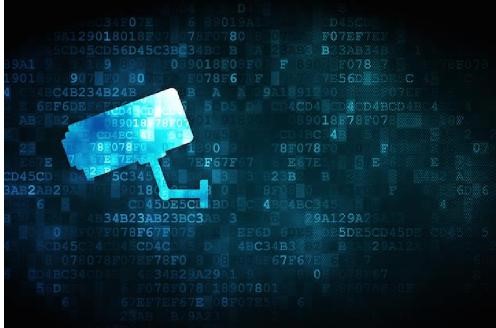One of the core functions of physical security technology is to provide secure access to authorized users, while restricting access to any individual without approval. Of course, access control technology does just that by providing authorized individuals with the credentials required to enter a facility. However, video surveillance can be just as effective as card readers and door locks at ensuring secure access—and keeping unauthorized people at arm’s length.
For value-added resellers (VARs) who provide video surveillance technology, incorporating these devices as a way to ensure secure access is likely already a cornerstone of your physical security business. However, for those VARs who are new to security, it might be helpful to go over a few of the key elements of video surveillance in providing secure access:

1. Deterrence.
In many video surveillance installations, deterrence is a big element of success. The simple presence of video cameras is enough to keep some criminals or unauthorized individuals away.
2. Detection.
Of course, the most important element of a video surveillance system is that it effectively detects crime, vandalism, unauthorized people or anything else that a facility’s security officials seek to prevent. In an access control setting, cameras can verify each authorized user and help to detect those who should not be allowed access.
In a growing number of facilities, cameras with facial recognition capabilities are being used to identify authorized users and detect individuals from known watch lists. At others, video analytics are used to detect when certain pre-determined thresholds are reached; for example, a crowd of people gathers at a gate or a person loiters near a facility’s back door. Finally, cameras equipped with license plate recognition can monitor traffic to ensure that unauthorized vehicles are kept out.
3. Response.
Following detection, response is another important element of any video surveillance network. Video surveillance serves a force-multiplier for traditional access control systems, enabling officials to respond to unauthorized access attempts in real time. Cameras should be placed in areas of most risk, and then fully monitored—by either security guards or video analytics—to ensure fast and effective response.
Consider this: When a known criminal attempts to enter a building that is secured solely with a card reader, officials will likely never know about it. But when video surveillance is added to the area, every unauthorized attempt is caught on camera, enabling officials to confront the individual, notify authorities or respond in another way.
4. Investigation.
Finally, video surveillance is also highly valuable for investigating incidents after the fact. For example, many universities use cameras to monitor the front entrance of labs and dorms. This footage would be highly useful if, for example, campus police begin investigating recurring break-ins on campus.
For your customers who require improved access control, consider recommending video cameras near their main doorways, entryways, elevators or gates. When placed in conspicuous places, the devices can have an immediate impact on security, both through deterrence and detection, while also improving response and leading to more effective investigations.

